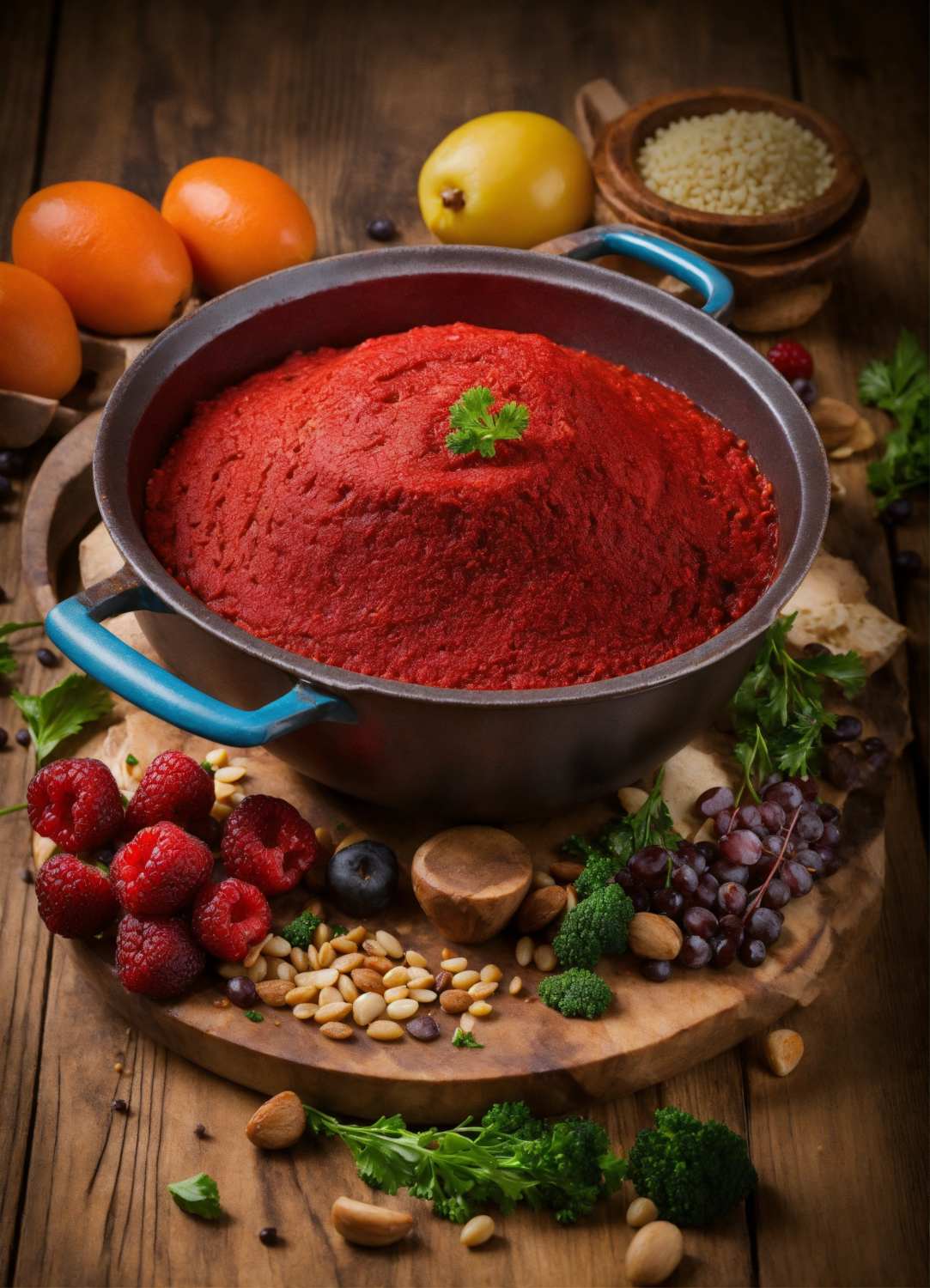Customer satisfaction and commitment to providing timely, professional services are always our top priorities. With the ever-growing global export market, we are constantly seeking new opportunities to expand partnerships and enhance the quality of our products.
Our tomato paste is made from premium, ripe tomatoes cultivated in fertile regions, offering a bold and authentic flavor. Known for its deep red color and smooth texture, it is a versatile ingredient that enhances the taste of any dish, from hearty sauces to savory stews. Partnering with reliable manufacturers, we provide consistent quality and customizable packaging solutions to meet the demands of diverse international markets.


Tomato paste is a thick, concentrated condiment made from ripe tomatoes that have been cooked down to remove most of their water content, resulting in a rich and flavorful base for many dishes. It has a smooth texture, a deep red color, and a bold, tangy taste that brings out the essence of tomatoes in a concentrated form. This kitchen staple is used worldwide to add depth and complexity to sauces, soups, stews, and more.
The preparation of tomato paste involves slow cooking tomatoes until they break down into a thick sauce, followed by straining to remove seeds and skins. The sauce is then reduced to a paste by simmering it further, creating a concentrated, full-bodied flavor. Tomato paste is often sold in cans, tubes, or jars, making it easy to store and use as needed.
Key Characteristics of Tomato Paste:
- Texture: Thick, smooth, and spreadable.
- Color: Dark red, highlighting its concentrated tomato content.
- Flavor: Bold, tangy, and slightly sweet with an intense tomato essence.
- Packaging: Available in various forms such as cans, jars, or tubes for convenience.
Nutritional Benefits of Tomato Paste: Tomato paste is not just flavorful, but it also offers a variety of health benefits:
- Rich in Nutrients: High in vitamins A and C, potassium, and iron.
- Antioxidants: Packed with lycopene, an antioxidant that may help reduce the risk of certain diseases and support skin health.
- Low in Calories: Tomato paste is a low-calorie ingredient, making it a healthy addition to meals.
- Dietary Fiber: Provides a modest amount of fiber, which is beneficial for digestion.
Uses of Tomato Paste:
- Base for Sauces and Soups:
Tomato paste is often used as the foundation for making rich tomato-based sauces, including pasta sauces, pizza sauces, and stews. It thickens the sauce and adds a concentrated tomato flavor. - Flavor Enhancer:
Tomato paste can elevate the flavor of dishes like chili, curry, or meatballs by intensifying the taste of tomatoes in the recipe. - Cooking and Marinating:
It is commonly used in marinades, dressings, and dips to add a savory, rich flavor to meats, vegetables, and even roasted dishes. - Baking:
Tomato paste can be used in savory baking recipes such as breads or pastries, giving the dough a subtle, delicious depth.
Tomato paste is a must-have ingredient for anyone looking to create hearty, flavorful dishes. Whether you’re crafting a savory sauce, enriching a stew, or adding a punch of flavor to a new recipe, tomato paste is an essential tool in the kitchen that can help transform any meal into something special.
Technical specifications:
1. Chemical Composition
- Tomato content: Tomato paste should contain at least 80% fresh tomatoes.
- Soluble solids content: The Brix level, which indicates the concentration, is usually between 25% to 30%.
- Protein: The protein content is typically around 2% to 4%.
- Organic acids: The pH level usually ranges from 4.2 to 4.5.
- Sugar: Some tomato pastes may contain small amounts of sugar to balance the flavor and acidity.
- Preservatives: If produced industrially, tomato paste may contain preservatives such as citric acid or sodium benzoate, although some brands use natural preservatives.
2. Physical Properties
- Color: The paste should be bright red or dark red. The color should be uniform with no signs of spoilage or discoloration.
- Viscosity: Tomato paste is typically thick and viscous, with a sticky consistency.
- Taste: It should have a dominant tomato flavor, mildly sweet, or slightly sour.
- Moisture: The moisture content usually ranges between 5% to 8%.
3. Contaminants and Health Standards
- Microbiological contamination: Tomato paste must be free from harmful bacteria and pathogens. Health standards should follow HACCP principles and ISO 22000.
- Heavy metals: The levels of heavy metals like lead and cadmium must meet national and international standards.
- Chemical contaminants: Pesticides and other chemicals should be tested and controlled.
4. Stability and Storage
- Shelf life: Depending on storage conditions (cool and away from direct sunlight), tomato paste can have a shelf life of 12 to 18 months.
- Storage conditions: It should be stored in a cool, dry place. After opening, it should be refrigerated.
6. Standard Tests
- Brix test: To measure the concentration and the level of soluble solids.
- Acidity test: To measure pH and determine the sourness.
- Microbiological testing: To ensure food safety.


